The transition of planets from molten masses of rock during their inception to worlds with oceans and continents and the first life involves several major natural phenomena. I think these are important to the Microbe Stage because when the player first starts the game there should be lots of big environmental changes happening over the generations, and this affects biomes, compounds, sunlight, temperature, and many other factors.
First we need to understand how an Earth-like planet would evolve in its initial history in accordance with how Earth evolved (Let’s call it the Model Planet, any ideas for what to name it?). This will be the default starting planet for players in Thrive for now. Then, using the blueprint of the Model Planet, we can later extrapolate to alternate courses our planet could have taken that would have also yielded life, and then even more exotic planets and how life could begin there.
Alright so, how will the planet evolve leading up to and during the Microbe Stage?
Long version. For those who are interested, where I’ll compare the Model Planet to Earth’s history and dive a bit into the science behind it (I’ve been doing a Belgium-load of reading on this topic these past few days so I want to show something for it alright?). Bear in mind this is my understanding of science’s current understanding of how it happened.
Long Version
Planetary Origins
The Model Planet starts as a collection of rocks and minerals and gases that have freshly aggregated into a planet in its star’s habitable zone. When it first forms, the planet is loaded with heat flow and unstable geothermal gradients remaining from the energy of the collisions that led to its creation. This leads to severe volcanic activity and an extremely hot surface to the planet, with literal oceans of magma 200km deep. There is also intense bombardment from meteors and comets. A scene from this period would look like hell on Earth, seriously!
This period gives us the starting compounds on the planet. As the planet forms, the denser compounds sink to the core and the lighter compounds emerge on the surface. This leads to nickel and iron forming the core, magnesium silicates forming the mantle, and silicates of aluminum, sodium, calcium, and potassium forming the crust.
Many gasses get trapped underneath the rocky surface when the planet forms. Fissures and vents in the surface lead to “outgassing” of gasses being released into the atmosphere from these subterranean pockets. From this we get nitrogen, hydrogen, ammonia (would get destroyed by the sun’s UV radiation though), methane, hydrogen sulfide, carbon monoxide, carbon dioxide, and water vapour. From among these, carbon dioxide is the majority and leads to the creation of a carbon dioxide dense atmosphere. Water vapour stays as a gas at this point because the surface is so hot liquid water immediately evaporates. Keep an eye on these compounds, they will come up again later.
Volcanoes spew forth many of these compounds also, as well as gaseous compounds containing sulfur and phosphorous and nitrogen. Meteors and comets and small planetoids also introduce many of these gaseous compounds. Some of these foreign cosmic objects also carry some strange other compounds on them: simple sugars (for our purposes, glucose), amino acids, nucleic acids, fatty acids, and other building blocks of life. Most of these get destroyed by the harsh conditions of the planet’s surface, but later some will survive when there is liquid water to catch and protect them.
Oceans of Water
At some point very early in the history of the Model Planet, the growing carbon dioxide atmosphere does an amazing thing. It gets so dense, that it actually puts pressure onto the water vapour in the air and liquefies it. Even though the surface is still very hot (230°C), the pressure from the heavy carbon dioxide atmosphere leads to the creation of the first liquid water oceans (above 27 atmospheres water is still liquid). Many of the earlier mentioned atmospheric gasses dissolve into the oceans as they form. Areas where vents in the rocky surface were submerged by these new oceans became underwater (or hydrothermal) vents. Alongside the gasses that these vents eject, they also release plenty of iron and manganese which dissolves into the oceans. Keep an eye on these vents.
The Model Planet cools as the years go by. The seas of magma dwindle and disappear and are replaced by seas of water, and the volcanism gets less intense. The rate of meteor and comet impacts also reduces greatly. Interesting fact, the sun is younger and thus less bright, which would normally mean the planet would eventually cool until it is covered by ice. However, the planet does not reach this point because the carbon dioxide atmosphere performs a greenhouse effect and traps the heat inside the atmosphere.
Building Blocks of Life
At this point the Model Planet has continents, oceans, and an atmosphere with lots of carbon dioxide. It’s not long before the building blocks of life start being formed.
Recall that the Model Planet has slowly been accumulating methane and ammonia and hydrogen sulfide in its atmosphere and oceans. It turns out that lightning strikes and radiation from the sun converts these compounds into amino acids, nucleic acids, fatty acids, sugars and other building blocks of life. So why did this not matter before? Because before the harsh conditions of the planet, including the very radiation that created them, would just destroy them immediately after they were created. However, the depths of the ocean now provide a place where these organic molecules can build up in safety. Now when radiation or lightning hits methane and ammonia on the ocean’s surface, a fraction of the amino acids and others that are formed are carried by swells of water to the deep ocean where they stay intact and accumulate. High pressures at the bottom of the ocean also leads to the creation of some organic molecules (like fatty acids).
Another site of organic molecule synthesis are the hydrothermal vents! It turns out that high heat is another catalyst for the formation of these compounds, and so there we start to see amino acids and the rest getting created as well.
Interesting side note, many of these simple organic molecules, when they interact with hot solid surfaces like grains of dust or sand, will then polymerize and form more complex structures (like full on proteins). A moon orbiting the planet would also introduce high tides to the ocean, causing these molecules to mix around a lot more and help speed up their creation.
The First Cells
These conditions are what we refer to as the primordial soup. Some estimates say that the model planet’s oceans would have about 1% concentration or more of organic molecules, which is the same concentration as chicken broth. We’ve got sugars, amino acids, fatty acids, and nucleic acids, the perfect starting materials for life to form.
And form it does! It’s at this point that the first cells start to appear in the deep ocean and around the hydrothermal vents of the model planet (first protocells and then cells). The first cells are prokaryotes, and soon after we get eukaryotes. Thrive skips the prokaryote stage so that the player gets to start with a nucleus and endoplasmic reticulum and golgi apparatus (though we may later return and add that stage in). These initial cells are swimming in a motherlode of free floating nutrients that is being naturally replenished. Alongside the glucose and amino acids and fatty acids, there are also high amounts of dissolved iron, hydrogen sulfide, and manganese in the ocean that have been released by the hydrothermal vents. Cells produce energy by metabolizing the glucose, iron, manganese, and hydrogen sulfide, meaning the initial life are chemosynthesizers (some also possibly evolve to scavenge or kill other cells). Because of this, hydrothermal vents are the hub of cellular activity, especially because the original cell species lack pigments to protect against the UV radiation of the surface, as well as the tolerance for low pressures. Evolution takes place and these cells diversify into a variety of species.
Photosynthesis and Oxygenation
Then, a big thing happens. The first species evolves photosynthesis. Instead of metabolizing the iron or manganese or hydrogen sulfide dissolved in the ocean, they metabolize the carbon dioxide, they use light to do it, and they produce oxygen. Up until this point, oxygen was VERY rare in the model planet. But these species gradually grow over a long time, leading to huge amounts of oxygen ultimately being produced.
Oxygen is a very reactive compound, so it immediately has a domino effect on the entire planet’s environment. It begins by reacting with all the sulfur and iron dissolved in the oceans to form sulfur oxides (solid sulfur) and iron oxides (iron ore) which sink to the seafloor as solids. Carbon in the atmosphere also is oxidized as oxygen starts to replace carbon as a major gas in the atmosphere. All of the unicellular species that have evolved thus far are anoxic, meaning they don’t use oxygen to survive, and that oxygen is toxic to them. Many used fermentation to produce energy, and it can only take place in an anaerobic environment.This leads to a huge extinction event, in which most species die off except for the ones that adapt to the new oxygen filled environment. The only anoxic species that survive are the ones that reside in remote areas that do not fill with oxygen, such as deep caves.
Another interesting side effect of the oxygenation of the planet? Once oxygen has reacted with everything it could react with, it starts to build up as free gaseous oxygen in the atmosphere. This accumulation eventually leads to the creation of an ozone (O3) layer outside the atmosphere by UV radiation hitting atmospheric oxygen. Ozone blocks much of the harmful radiation of the sun, but also the same radiation that was synthesizing all the amino acids and glucose and other organic molecules. Yes lightning and heat and high pressure still exist, and some radiation is still getting through, but also a lot of the methane and hydrogen sulfide and other precursors to these organic molecules have been converted to different molecules by the oxygen. Additionally, the anoxic cells that produced methane as waste have been killed off. Over time, the free floating clouds of glucose and amino acids and these other building blocks of life disappear, and species now need to evolve to use sunlight and carbon dioxide to produce these nutrients themselves, or scavenge and kill other cells and steal their nutrients. It’s also possible that the oxygen that filled up the atmosphere was less effective at trapping heat on the planet as a greenhouse gas than methane and carbon dioxide, leading to several “Snowball Earth” periods.
On the plus side, the ocean surface has much less severe levels of UV radiation. Evolving some pigments (and low pressure tolerance) is all that’s necessary to start migrating upwards, where there is no competition for sunlight. Additionally, oxygen allows a new chemical process to take place, aerobic respiration. This new process is far more efficient at producing energy than earlier methods, and reciprocates many of its ingredients with the photosynthesis carried out by plant cells. This huge new source of energy allows cells to start developing and becoming more complex, and ultimately bonding together to form multicellular colonies.
Eventually, these multicellular colonies began to have their cells work in concert and specialize their cells for particular functions, forming full fledged multicellular organisms, and the rest is history…
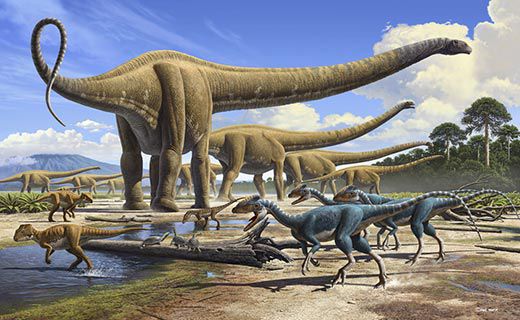
Short version. I’ll just give a to-the-point rundown of the different processes that take place resulting in the Microbe Stage.
Short Version
The Model Planet starts as a hot world of rock and magma, with volcanoes, vents, meteors, and comets introducing compounds like ammonia, methane, water vapour, hydrogen sulfide, carbon monoxide, carbon dioxide, and other precursors to the organic molecules that compose cells (amino acids and the rest). Some of these organic molecules themselves are introduced during this time, by meteors and comets, but are immediately destroyed by the harsh environment such as magma and radiation.
Planetary cooling eventually leads to liquid water oceans which allows these organic molecules to accumulate in its depths without being instantly destroyed by the harsh environment. Radiation of precursor compounds (listed above) on the surface of the ocean also leads to creation of organic compounds, and a fraction of these are carried by ocean swells to the bottom where they stay intact. Lightning strikes also synthesizes organic compounds, as well as heat around hydrothermal vents. If present, a moon would also create high tides to help mix the ocean and these organic molecules together.
Life starts at the depths of the ocean where these organics have been accumulating (meaning free floating glucose and other organics everywhere). Thrive skips the prokaryotic phase and jumps to the appearance of the first eukaryotes. These cells metabolize the free floating clouds of glucose and organics, as well as iron and hydrogen sulfide and manganese that are dissolved in the ocean and spew from hydrothermal vents. This makes hydrothermal vents the hub of primitive life.
Eventually, photosynthesis is evolved. This leads to oxygen flipping the planet’s environment on its head. Most species die because oxygen is toxic to them, except for those species that adapt or live in remote oxygen-free areas. Free floating nutrients disappear, because the precursor compounds disappear in the new oxygen environment and the oxygen forms an ozone layer which blocks most radiation. As such, cells have to develop new ways of surviving.
Photosynthesizing cells take over, and cells that scavenge and kill other cells become more common. Now it becomes possible for cells to perform aerobic respiration which is much more efficient at producing energy than what the anoxic species would do for energy. This leads to much more complex cells evolving, and eventually multicellular life.
How we will model this in Thrive?
The Microbe Stage begins soon after organic molecules begin accumulating in the deep ocean. The initial conditions will look like this:
- Biomes contain lots of free floating glucose, amino acids, fatty acids, and nucleic acids. The initial species are very simple cells that can just drift along currents and collect nutrients relatively easily. This easy success leads to lots of population growth and an easy start for the player’s game.
- There is no oxygen and regions with sunlight contain deadly levels of UV radiation. As such, there are no photosynthesizers or aerobic (oxygen breathing) cells. All species use fermentation, glycolysis, and chemosynthesis/thermosynthesis for energy, and live in the deep ocean.
- Chemosynthesizers/Thermosynthesizers use dissolved iron, manganese, and hydrogen sulfide, which is mainly found near hydrothermal vents, making those vents and the surrounding areas the spawning grounds of primitive life.
After a certain number of generations, photosynthesis will evolve. The effect of oxygenation will be gradual, but over the generations it will cause a big change in how the environment works.
- Free floating organic molecules (glucose, amino acids, etc.) will stop being naturally generated, and thus start to disappear as free floating clouds. Species will have to evolve to become more complex and specialized to survive in these more challenging conditions. This could mean more predatory cells, or cells better adapted to finding the uncommon free-floating nutrients. Some species will evolve to use the new photosynthesis strategy of survival.
- Iron and manganese and hydrogen sulfide will greatly diminish from the oceans, causing chemosynthesis to become a rare strategy.
- Oxygenation of the atmosphere leads to less dangerous UV radiation on the surface. Cells can now evolve pigments to survive the lowered levels of radiation that still come through (as well as low pressure tolerance) and migrate to shallower parts of the ocean with less competition.
- Species that are anoxic and depend on fermentation will die off if they don’t adapt, since fermentation requires a lack of oxygen. Or they need to migrate to remote anoxic environments.
- The presence of oxygen will allow mitochondria to evolve, which means cells suddenly making a lot more energy and being able to become a lot more complex (and even multicellular!).
Things to consider
- We don’t want to make this whole process too clear cut and by the books, because then the beginning of every playthrough will feel repetitive and predictable. Consider these as guidelines and we’ll make each playthrough on a Model Planet vary from this to a certain degree. For example one playthrough could have photosynthesis evolve after 20 generations, while on another it’s on the 10th. On some playthroughs, maybe it doesn’t even evolve?
- We don’t want to make things happen too fast or too slowly. Too fast and it’ll be hard and unfair for the player. Too slow and it’ll be boring and drag on.
- What other phenomena am I missing from this path? Are there any major environmental changes that would very likely follow on the model planet? Or should we let everything be completely open ended from that point on?
- How can we create alternates to this path to lead to more exotic and foreign planets and life?
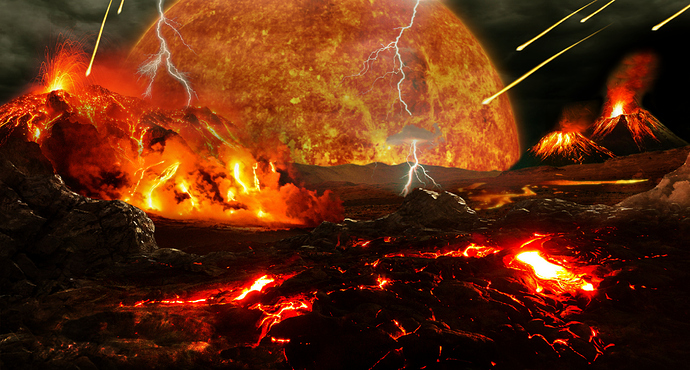
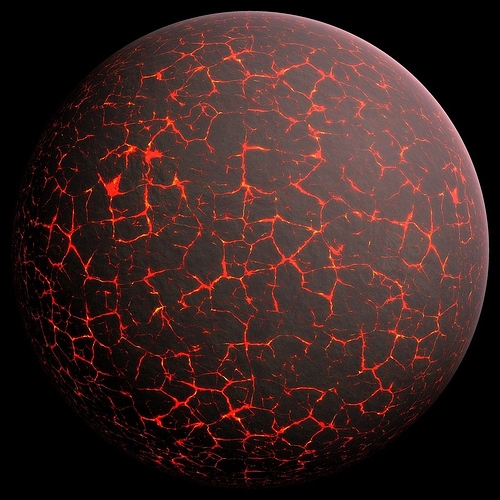
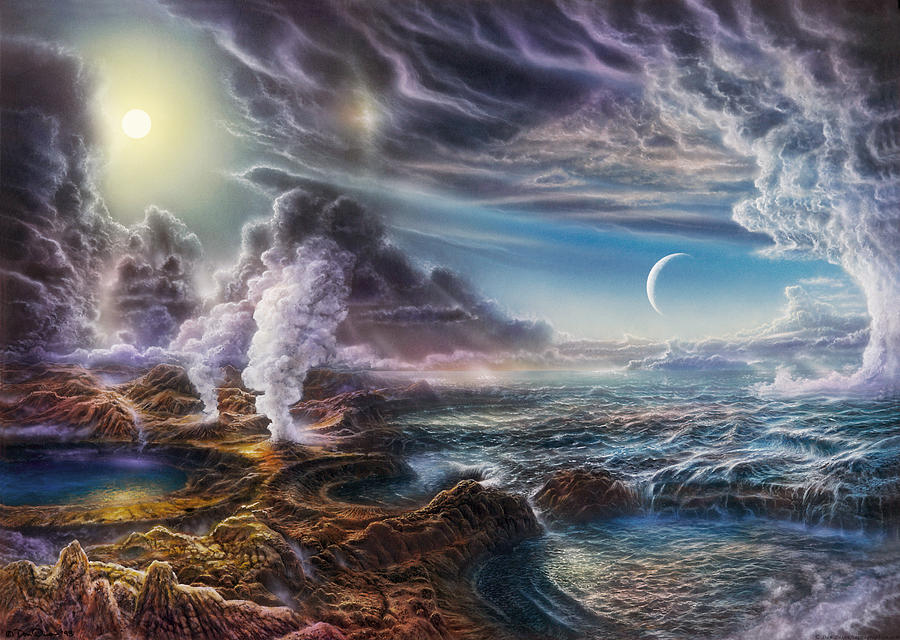
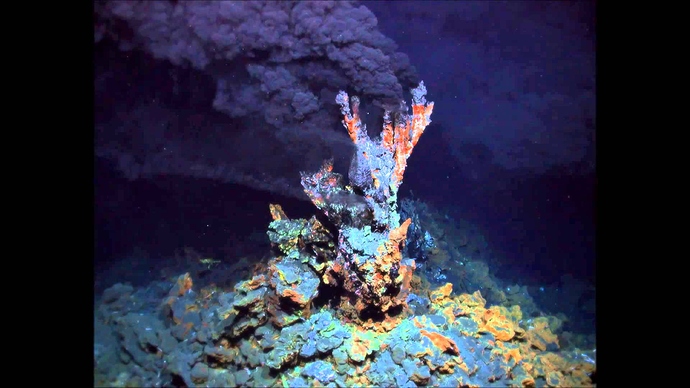
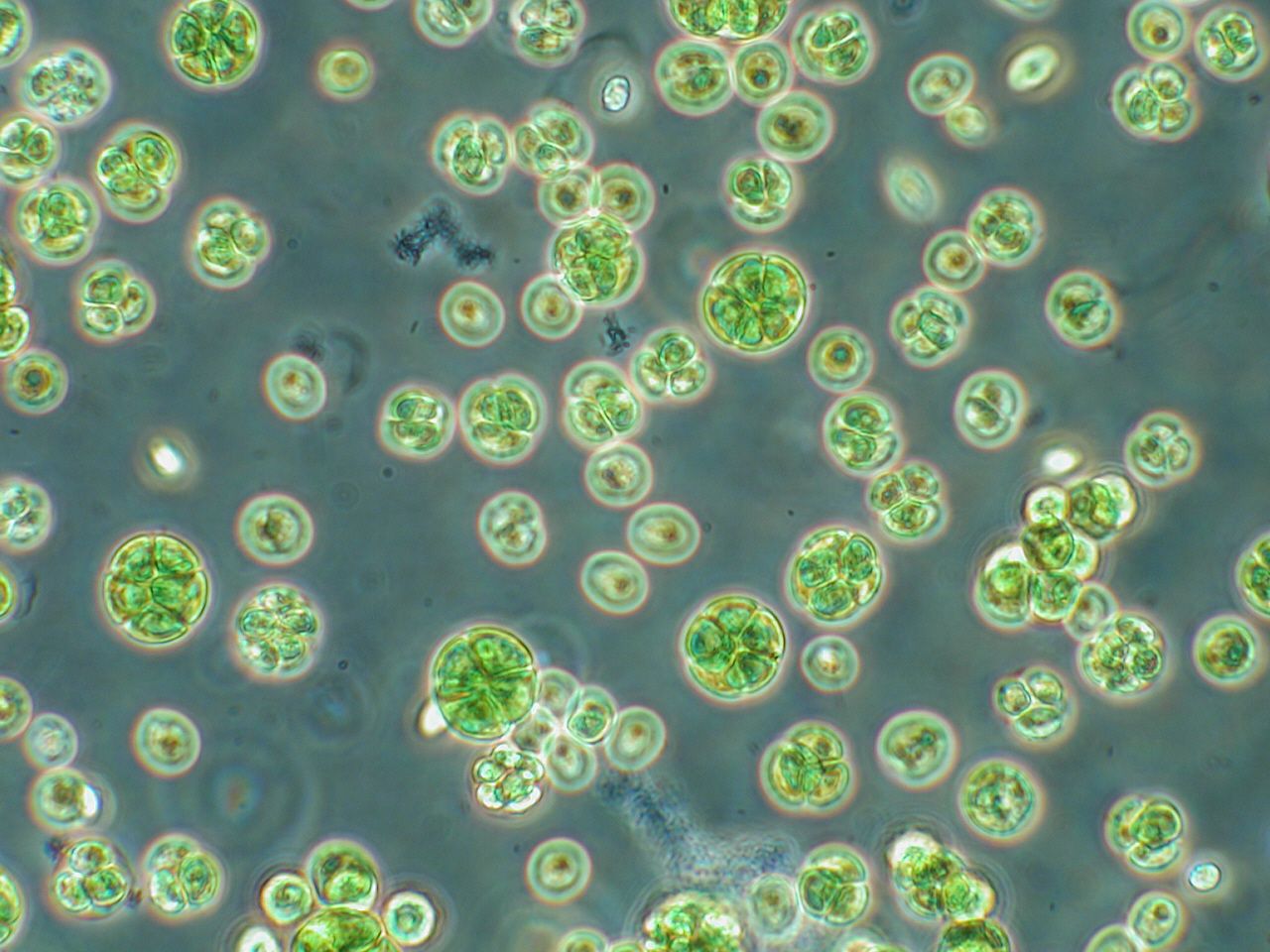
 I was surprised even cell growth worked. I could get that working instead of health tonight if you want.
I was surprised even cell growth worked. I could get that working instead of health tonight if you want.